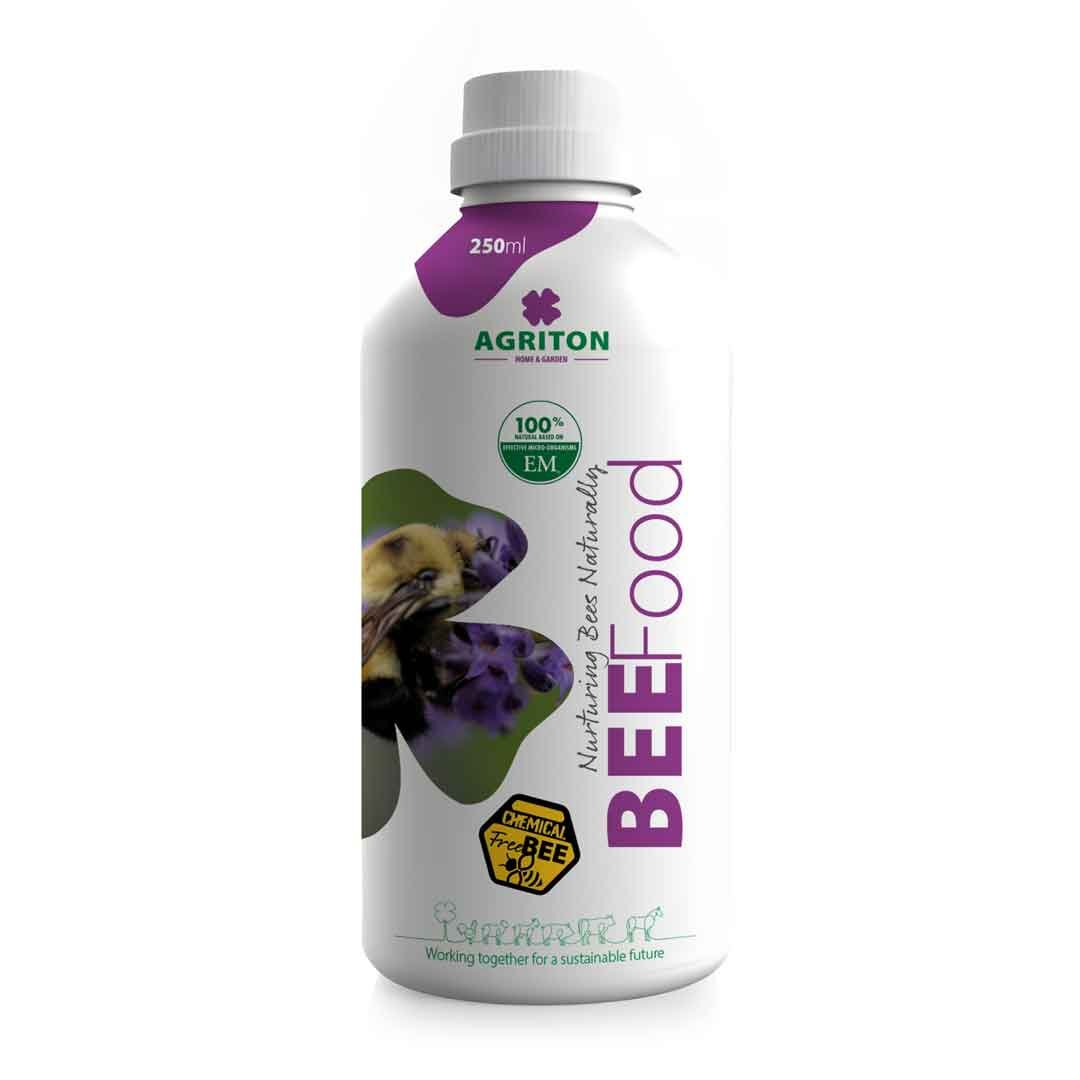
Apiculture
The world of apiculture, or beekeeping, is experiencing a transformative shift with the adoption of innovative techniques. Among these, the use of Effective Microorganisms (EM) stands out as a game-changer.
These beneficial microorganisms, discovered by Dr. Teruo Higa in the 1980s, have been used in various agricultural practices, and their application in apiculture is proving to be highly beneficial.
What are Effective Microorganisms (EM)?
Effective Microorganisms are a combination of beneficial bacteria, fungi, and yeasts that work synergistically to improve soil and plant health. They promote a balanced microbial ecosystem, enhance nutrient cycling, and suppress harmful pathogens. EM products typically contain a mix of microorganisms such as lactobacillus, yeast, and photosynthetic bacteria.
Enhanced Hive Health: EM promotes a healthy microbial balance in the hive, reducing the risk of disease and infection among bees. It can also help in controlling mites and pests that can harm bee colonies.
Improved Honey Quality: The use of EM can lead to better quality honey. The beneficial microorganisms in EM can enhance the fermentation process during honey production, resulting in a richer and more flavorful product.
Increased Pollination: EM can improve the foraging environment for bees by promoting the growth of beneficial plants and flowers. This, in turn, can lead to increased pollination rates and better crop yields for farmers.
Sustainable Beekeeping: EM can contribute to sustainable beekeeping practices by reducing the need for chemical inputs. This can lead to a healthier environment for bees and other pollinators.
Benefits of Using EM in Apiculture:
Discover Bee Wellness® Spray Falcon, a natural solution for supporting hive microclimate, bee vitality, and resistance to varroa mites. Learn about the benefits, application instructions, and the eco-friendly approach of Bee Wellness. Elevate beekeeping practices with this 100% natural and bee-friendly spray, contributing to a good bacteria environment for your cherished bees.
BeeFood® is a liquid probiotic that aids in the fermentation of food and contributes to the well-being of bees and their brood. This solution contains beneficial microorganisms that provide protection to the bees. When BeeFood® is added to syrup or pollen substitutes, it enhances the fermentation process and boosts the bees' immune system, thereby promoting their natural resistance to diseases. The EM Microorganisms in BeeFood® have a positive effect on the bees' intestines, helping to prevent the spread of intestinal diseases.
Plan Bee Month By Month
January
The queen, surrounded by thousands of workers will be in a rugby-football shaped cluster in the hive. There is little activity except on a warm day when workers take the opportunity for making defecation flights. There will be no drones present, but some worker brood will be raised.
Little work is required at this time of the month. If the ground is covered with snow, shield the entrance to cut out the light and prevent workers flying and perishing in the snow.
Estimate less than one hour for the month.
February
The queen, still surrounded by workers in the cluster, lays a few more eggs each day. There are still only workers in the hive and again take occasional cleansing flights on warm sunny days.
Little work is required, other than prepare equipment which will be needed in May.
Possibly one hour for the month.
March
This is the month when colonies can die of starvation. If the bees were adequately supplied in the autumn, this should not happen, but, it still does. With lengthening days, the queen steadily increases her rate of lay; more brood means more food consumed and the bees are not brining any nectar in.
On a fine day, when the bees are flying, you can take a quick look inside without disturbing the bees too much by removing the frames. If no sealed stores are seen, small quantity of syrup should be fed.
One or two hours during the month.
April
Hopefully, the weather will improve and some early blossom appears. Flowering currant (Ribes) is usually the earliest nectar yielder, but oil seed rape (OSR) crops flower at about the same time.
The odd drone should start to appear and the rate of brood rearing should increase dramatically to give rapid expansion of the colony. On a fine day when the bees are flying, find and mark the queen so that she can be recognised more easily later on. Put a queen excluder and super of drawn combs when necessary.
Two or three hours for the month.
May
With good weather, nectar and pollen can come in thick and fast. The queen will be reaching her greatest rate of lay and there should be brood across most of the brood box.
Add supers as necessary. Some honey can be removed; it must be removed if oil seed rape is grown nearby. Watch out for swarming preparations. Inspect hive weekly. Have a spare hive ready, and artificially swarm where necessary.
Five or six hours for the month.
June
Unswarmed colonies will be very populous. The queen’s rate of lay should drop.
If rape was worked by the bees the honey in the hive will need extracting, in which case care should be taken to ensure that the bees do not starve during the ‘June Gap’. Keep up weekly swarm control inspections for unswarmed colonies; artificially swarm when necessary.
Five or six hours for the month.
July
If the weather is good the main nectar flow will occur. The hive population diminishes as the queen’s rate of lay drops. Drones are still present.
Add supers as necessary. Continue weekly swarm control inspections if still necessary. Possibly reunite colonies.
Four to six hours for the month.
August
The colony strength diminishes fast. Drones are still present. Outside activity is reduced since there is little nectar available.
Swarm control inspections are no longer necessary. Possibly restrict the size of the entrance to prevent robbing by wasps or other bees. Replace the old queen with a new laying queen if one has been reared. Forget the bees – you can go on holiday!
One or two hours for the month.
September
Drones are likely to disappear overnight. Hive population is much reduced. Queens often stop laying completely.
Remove the honey. Leave bees to their own devices. Start winter feeding towards the end of the month.
Two to three hours for the month.
October
Very little activity – the bees are preparing for winter.
Finish winter feeding. Put on the mouse guards. Check hive is secure for winter.
One or two hours for the month.
November
Even less activity. Bees will probably go into a cluster.
One hour for the month.
December
The bees are in a cluster.
Enjoy Christmas!
Nothing for this month.
Research
As we understand, bacteria are ubiquitous and exert a significant influence in various ecosystems. In the human body, they play a crucial role in the immune system, aid digestion, and contribute to overall health. Similarly, in the animal kingdom, including the honey bee, bacteria are essential.
Honey bee populations are currently facing a crisis, with significant declines observed. The importance of bees in pollination and food production is well known, and many studies are underway to understand the reasons behind their declining numbers. One such study suggests that the widespread use of glyphosate, the active ingredient in Roundup, is a contributing factor. Glyphosate weakens bees, alters their microbiomes, and shortens their lifespans.
In response to this crisis, EM Probiotics for bees have been developed. This product contains carefully selected microorganisms aimed at strengthening bee microbiomes. It is administered by feeding the hive with a sugar-water or cake mixture and by spraying the hive and its surroundings. This approach has shown promising results in enhancing bee health and combating diseases like the nozma fungus.
Bees are highly susceptible to various diseases, including fungi, bacteria, viruses, and ticks. One common disease affecting bee hives in Israel is the nozma fungus, which can weaken and kill bees. While antibiotic treatments are available, there is some debate among beekeepers about their necessity and effectiveness.
Recent research from Croatia, a global leader in bee research, has shed light on the positive effects of EM on bee health. A study published in the leading INSECTS magazine in September 2020 demonstrated a reduction in the distribution of nozma spores in hives treated with EM. Another study published in MICROORGANISMS in February 2023 showed that EM positively impacted the composition of bee microbiomes, promoted a balance between different bacterial groups, and strengthened bees against nozma disease.








